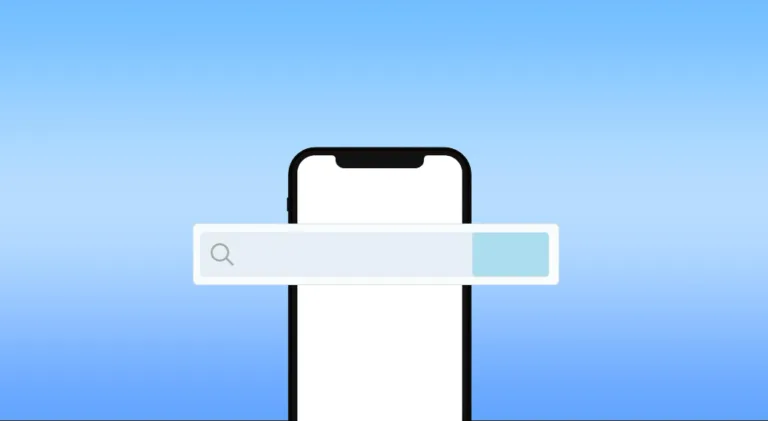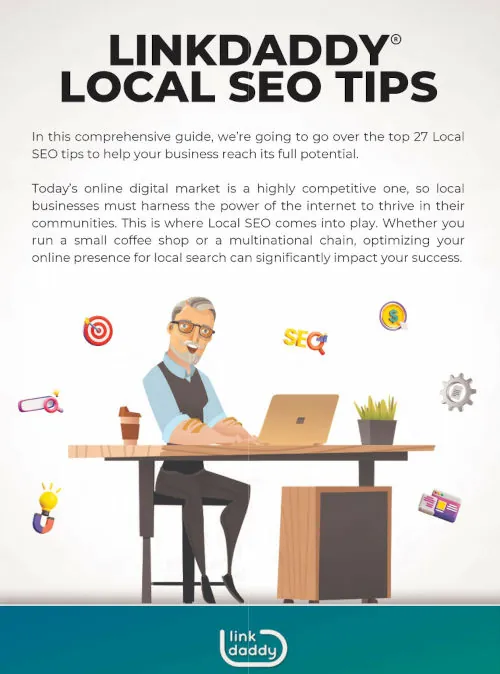Some historians say that in its heyday, the Great Pyramid of Giza was a dazzling limestone white structure with a golden capstone on top. If that were true, there is no better way to illustrate the tiered link-building strategy principle.
Tiered link building is a search engine optimization (SEO) technique. The process builds a pyramid-like structure composed of inbound links from various sources.
This process will enhance your link profile. It can shift your website’s position to the top of Google search page results.
How Does The Tiered Link-Building Strategy Work?
So, say, like the great architects of the old, you want to build your link pyramid. The first step would be to construct a solid foundation, then build it up from its mid-level to the top.
While the tiered link-building strategy builds a hierarchical structure out of backlinks, its construction considerations begin at the very top. So, yes, code does not need to adhere to the laws of physics.
So, what happens is that this powerful SEO strategy consolidates a large number of external but related links to a target or money site. So, you kick off the strategy with a target site in mind.
The golden capstone on top of your blueprint is your website, or tier zero. Right below your shiny centerpiece is a series of level 1 links, supported by a wider layer of tier 2 links. Finally, at your base, there are thousands of tier 3 links.
So, all these backlinks point to other backlinks creating a pyramidal structure.
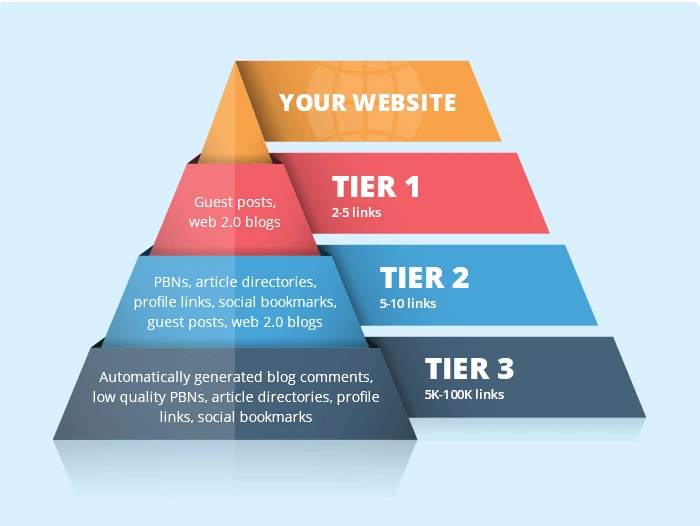
What Is The Purpose of Tier Link Building?
Giza’s hefty gleaming structure is a massive feat of human engineering that glorifies life after death.
The tiered link strategy is no less demanding of your effort, and its payoff is just as glorious. This link-building approach erects an inclusive and solid backlink profile, the cornerstone of SEO.
In 2016, Andrey Lipattsev, the search engine’s Search Quality strategist, named backlinks pointing to your site and content the most significant page ranking signals.
The strategy’s end game is ensuring that other pages tell Google good things about your website. While Google has not made any official statement of page ranking factors, as per Ahrefs, there are seven major ranking factors.
Top on the list are backlinks, relevance, freshness, HTTPS, and mobile friendliness. After that comes page speeds and page experience.
Why Build in Tiers?
This link-building strategy builds tiers because some backlinks are more valuable than others. For example, a high authority HubSpot.com backlink to your site will please Google more than a backlink to a blog comment.
An effective tiered link-building strategy sends more link juice or link equity to your first tier of backlinks. Then, as they gain more authority and strength, they will attain higher page rankings.
Then that link juice will trickle onto your website. Each lower tier’s link equity strengthens the authority of the deck above it. Finally, the stream of link juice trickles up the pyramid to your website as Google’s spiders crawl them increasing your site’s ranking.
What is Link Juice?
Link juice is SEO terminology that describes the authority granted by one link to the other. Therefore, link equity is the SEO value backlinks share during link building.
A link has high equity levels when it has a page or anchor text strength and topical relevance. To this end, when you link your website to an authority page, some drops of link juice will flow from that page’s reputation back to your site.
What Is a Tier 1 Link?
Tier 1 links are the high-quality do-follow backlinks that you place right below the gold-plated top of your link-building pyramid. Of course, the golden centerpiece, in this case, is your excellent blog post or page.
This tier directs its link equity to your money site. On top of that, it links the underlying level 2 and 3 links with your website. The best level 1 links should be backlinks to thought leaders in your niche.
Let’s hypothetically say that your niche is digital marketing. Your tier 1 could have a backlink to Hubspot.com or NeilPatel.com.
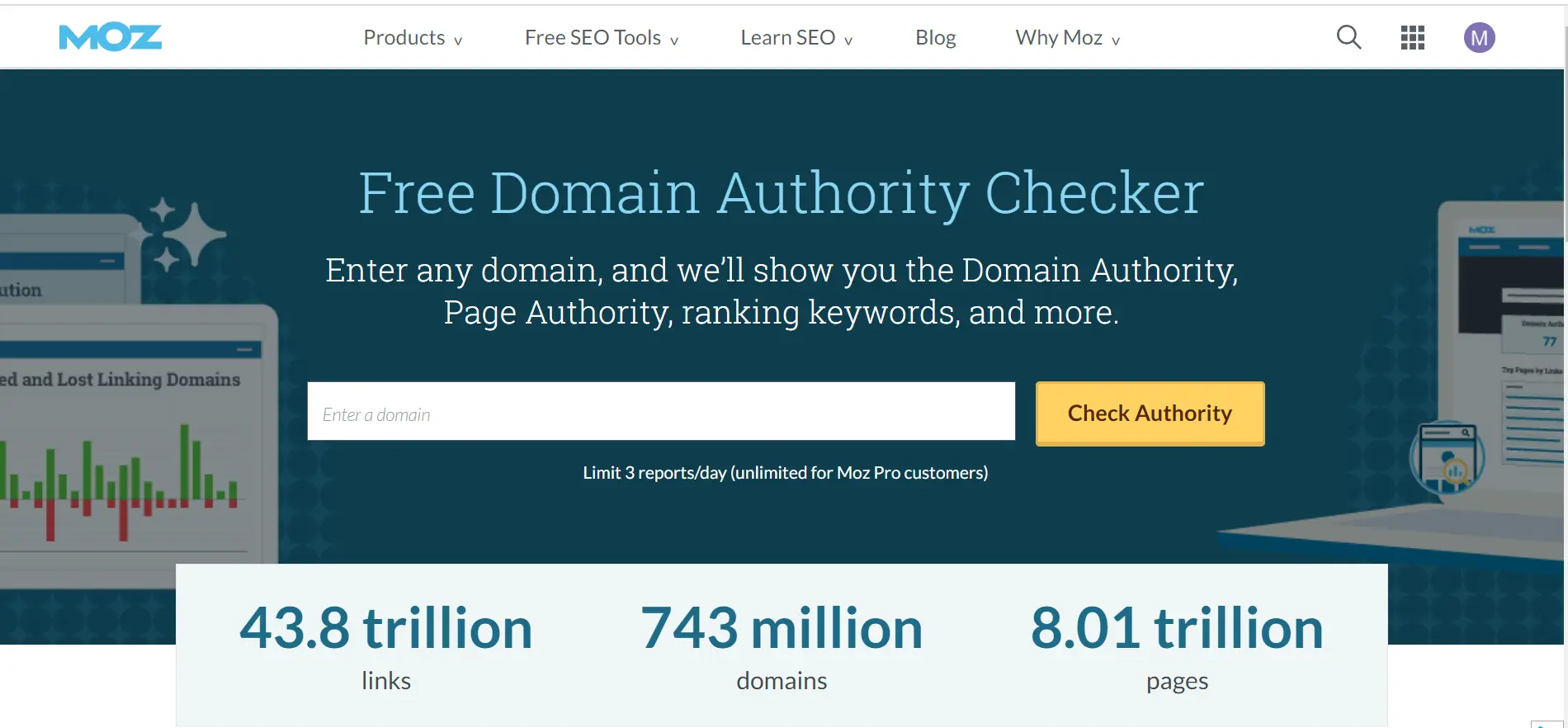
How do you confirm domain authority? Use Ahrefs Website Authority Checker, Moz’s Free Domain Authority Checker. The domain authority checker from Smallseotools.com will also reveal a site’s domain authority (DA) score.
How to Check Domain Authority on Ahref
To illustrate this point, as per the Ahref tool, Blog.hubspot.com has a DA score of 93. On top of that, it has over 3.3 million backlinks. According to the report, 221 thousand of domains derive link juice from this website.
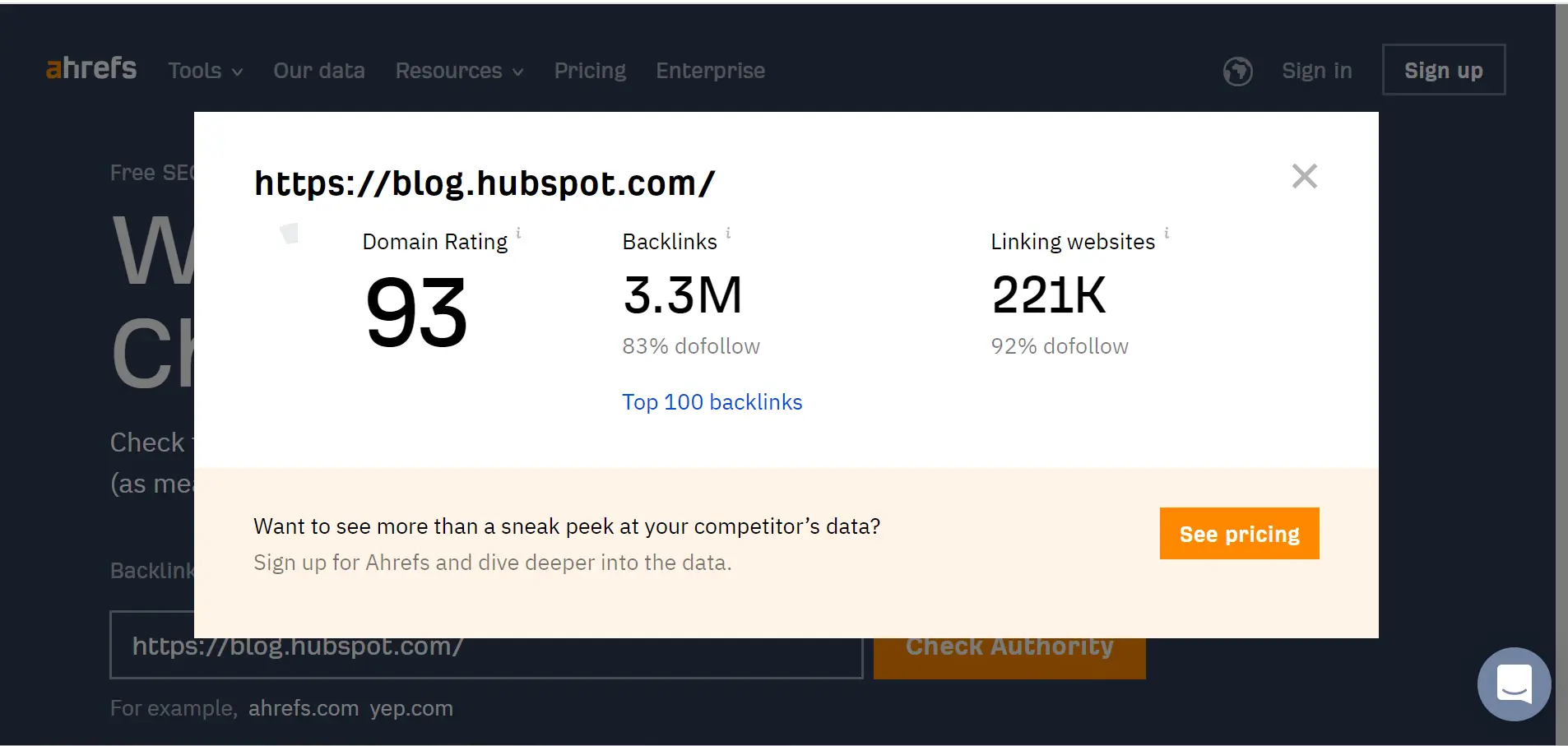
How to Build Tier 1 Links
How can you build a backlink to blog.hubspot.com? Create a guest post and approach the web admin. Your article should be relevant to the content on your website.
Link an article on your site to the guest point, and voila! Juicy link equity from HubSpot.com! However, this is easier said than done. Tier 1 links are not easy, hence the pyramid shape of our tiered link-building strategy.
Webmasters only reply to 8.5% of all outreach emails. That said, follow-up emails have greater success than initial outreach messages. Their average response rate is 2x higher.
Then when you reach out to various authority sites in your niche, you will enjoy a 93% higher chance of success. So, get crafting that excellent content and expand your email outreach.
Five to ten high authority backlinks are excellent for the average tier link-building campaign. So, let’s say, for instance, that the Hubspot web admin likes your post at https://tieredlink.com/tiered-link-building/.
They approve your guest post request and upload it on https://blog.hubspot.com/marketing/tieredlinking. This is your tier 1 link.
What is a Tier 2 Link?
The next tier that tells Google that you and a high authority domain trust each other is your tier 2 links. Tier 2 links diversify your natural link profile via quality, influence, and essential metrics.
Your tier 2 backlinks bring link equity from an external website to your level 1 domains. The search engine will view the trickle-down of link equity as proof of the domain authority of your tier 1 links.
Eventually, that goodwill will flow to your website at the top of the pyramid through organic traffic. Tier 2 links consist of do-follow links, but you can mix them with no-follow backlinks to naturalize your link profile.
How To Build Tier 2 Links
Time to build your tier 2 links. Tier 2 links include content from press releases and personal blogs. These backlinks are mildly authoritative and boost the authority of the first tier.
You can generate tier 2 backlinks by creating guest posts that capture the attention of tier 2 site web admins. Build a constant arsenal of high-quality guest posts and share them across social networks.
On top of that, ask your followers to share your content to increase its viral metrics. Then reach out to other domains in your niche that could share your content on their platforms.
The higher the DA score of your tier 2 links, the higher the chances readers will click on your top-level backlinks and access your website.
So let’s say you have shared your articles and earned a guest post opportunity from https://linkpeople.com. Your tier 2 link will be https://linkpeople.com./best-tier2-links/; your guest post on https://blog.hubspot.com
Avoid untrustworthy or spammy tier 2 links because Google could penalize and bring down your tiered link-building pyramid down. Your tier 2 link quality should match that of your tier 1 backlink. Use domain checker tools to ascertain your tier 2 DA score.
How Many Tier 2 Links Do You Need?
A rule of thumb is linking ten lower-tier backlinks to one high-quality link. Consequently, 5 tier links should have 50 tier 2 links, then 500 tier 3 links.
What is a Tier 3 Link?
Tier 3 links are low-value outbound backlinks. They are the unattractive rocky base on your pyramid but play a critical role in your tiered link-building strategy. Most tier 3 backlinks are, by default, the no-follow type.
Excellent sources of tier 3 links are forums, directories, profile links, social media, and blog comments. As you can tell, social networking platforms are a great source of tier-3 links.
Since they are low-quality links in terms of authority scores, tier 3 links direct attention and engagement to your level 2 backlinks. So, while some tier 3 backlinks’ no-follow status drains them of their link juice, they nevertheless increase Tier 2 authority score on Google’s algorithms.
To this end, unlike tier 1 and tier 2 backlinks where quality is king, quantity is a meaningful metric amongst tier 3 links. They signal relevance to search engines and redirect web users to your blog post. This chain reaction then passes on link equity to your website.
How to Build Tier 3 Links
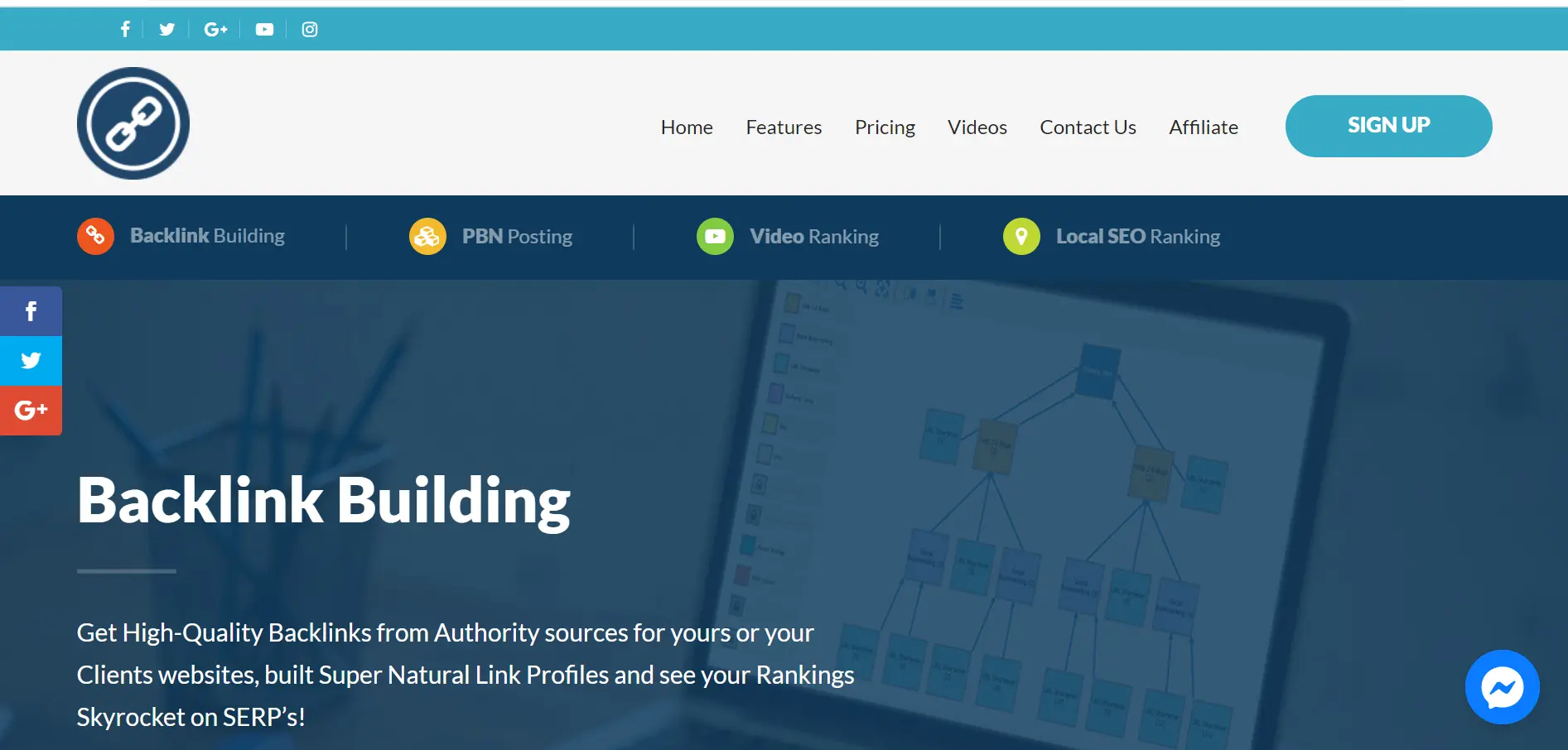
Since tier 3 links are a game of numbers, you need link-building tools to automate SEO. GSA, RankerX, Xrumer, and SEO Autopilot are potent automated link-building tools.
Caveat emptor, the use of bots in backlink processes is blackhat SEO. Google frowns upon black hat tactics and focuses on eradicating spam bot links. To this end, you will lose most of your tier 3 backlinks to Google’s eagle-eyed algorithms. So, keep an eye on them, and update them frequently.
Best Tiered Link-Building Practices
- Google ranks site pages with more link juice at the top of their search results. So, if you want authority pages to signal the relevance of your page to Google, avoid spun or low-quality content. Take your time to generate high-quality posts.
- Use high-quality backlinks on your higher pyramid layers.
- Use link donors that have content relevant to your site. But then, diversify the domains you use as authoritative sources to avoid uniform link patterns.
- Combine tier link-building with potent link-building processes like link reclamation, social media posting, and good website visibility tactics. In addition, a robust content marketing campaign and contextual backlinking will impact your SEO ranking more than sole-tier link building.
- Enhance your link outreach process through sites like Help A Reporter Out (HARO). Share your in-depth niche knowledge, and you can earn top-notch backlinks.
- To become more knowledgeable on tier link building, approach experts. They understand changes in the Google page ranking algorithms.
Benefits of Tiered Link Building
- Hierarchical backlink levels can supercharge your SEO efforts.
- Lower-tier links are easier and cheaper to come by.
- Tiered link building allows you to diversify your backlink sources yet can protect you from Google SEO violations. For instance, you can gain link juice from unrelated content in your tier 3 links.
Risks of Tiered Backlink Building
- Tiered backlinks provided by bots or other automated processes are a liability. For example, while link-building bots like GSA or RankerX could provide thousands of tier 3 links, they could also earn your site a Google penalty.
- Tier link building is time-consuming. For instance, Google could take weeks or months to index one backlink profile fully. Consequently, you will begin to enjoy the fruits of your labor weeks into your tier link-building strategy. Then generating your network of links is not a walk in the park since pitching your guest posting request is also time-consuming.
- Tiered link building is an expensive strategy. You could fork out sums averaging $300 to $600 for a paid tier 1 or 2 backlink.
Conclusion
Google has introduced a variety of link quality optimizations, but tiered link building is still relevant to SEOs. It will draw link equity to highly competitive niche pages with minimal link donors. Use an effective tiered link-building strategy to protect your site from low-quality backlinking practices and enjoy massive SEO benefits.
FAQs
Is tiered link-building white hat or black hat SEO?
Tier link building is a gray hat SEO practice that combines both white and black SEO practices. That said, a well-thought-out strategy will not violate Google Webmaster Guidelines.
However, non-organic backlink processes cross some SEO rules and could incur penalties. So, use white hat techniques on your tier 1 and tier 2 backlinks. Then, only work with tier 1 and 2 domains that maintain their backlinks.
Is tier link building a dying strategy?
Google updates have hit tiered link building in the past few years. For this reason, it is no longer a primary link-building strategy. Some site owners that rank their pages on Google do so without the assistance of this process. To this end, a quality site matters much more to Google than irrelevant backlinks. However, laying the proper groundwork and incorporating this link-building process will ramp up your SEO efforts.
When should you use tiered link building?
Like old pyramids, Tier link is a complex, time-consuming process. So, use it to promote and direct organic traffic to your main URLs. Then use this process when it is the only option that can boost your page’s backlink juice.
So, if your awesome blog content has high-quality link donors, placing tiered links on it is a sure symptom of obsessive-compulsive backlink disorder.





